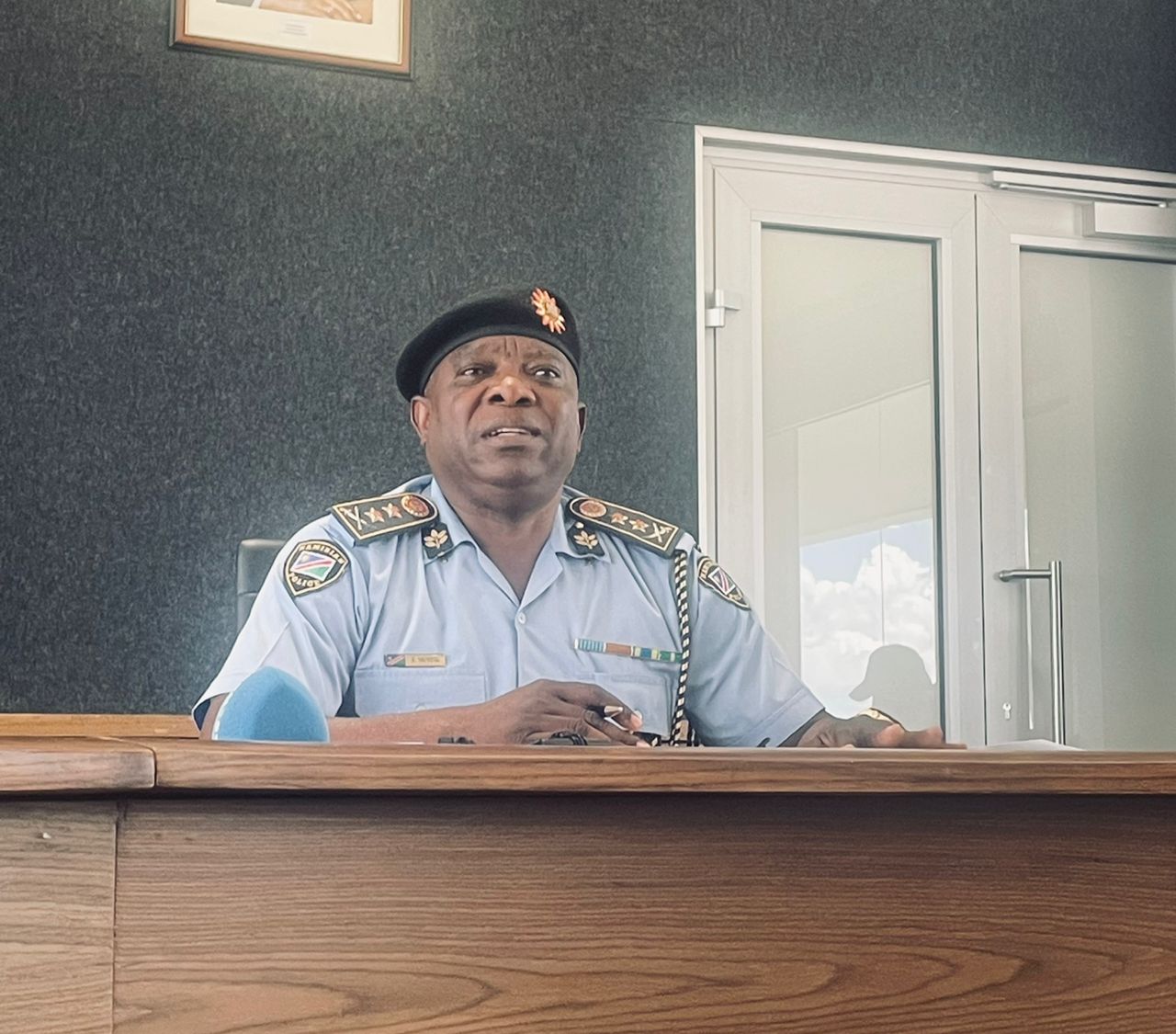THEODOR MUDUVAIN 2014, the Kavango region was divided into two regions – East and West. At the time, the Namibian government, during president Hifikepunye Pohambas tenure, justified the move saying the region was too large and dividing it would enhance service delivery. This remains to be seen: Kavango West remains the most rural and one of the poorest regions in Namibia.
Combined, the two regions cover 48 456 square kilometres. In terms of land use almost half (46,4%) of that area is available for communal farming. The rest is used for commercial farming (30%), conservation (15,5%), and various other purposes (Mendelson, 2009:11). Most inhabitants are engaged in agricultural production in one way or another, either part-time or full-time.
The general trend in many African countries, including Namibia, is that landgrabbing and corruption in communal land points to land deals involving multi-national companies and “national or local elites”. There has been a very high demand for leaseholds in the two regions over the last two decades, especially for lodges and irrigation projects while recent revelations point to mineral exploration and potential mining activities.
Some leaseholds were granted without following correct procedures. However, over the years some of these illegal leasehold claims have been opposed successfully, although some have resurfaced without explanation to the affected communities.
A case in point is the issue of community consultation (and by extension consultation of affected stakeholders). The Communal Land Reform Act (2002) does not provide adequate clarification on what constitutes “consultation” and “consent”. In some cases, community members are not sufficiently consulted before leaseholds are granted. The act came into effect in 2003 with the central aim of enhancing security of tenure, and provides for customary land rights, leasehold rights, and, as per a 2014 amendment, occupational land rights.
There are five recognised traditional authorities in the two regions – the Mbukushu, Gciriku, Shambyu, Mbunza and UuKwangali. All five rejected the registration of customary land rights as provided for by the act despite government efforts, through the then ministry of land reform, to convince them otherwise. This means that community members or any other person cannot apply for or register customary land rights in the two Kavango regions.
PROTECTION
The reasons for the rejection include: i) land will not be sufficient for future generations (if subdivided and made available to all, including the so-called vantu vapandje/vapeke meaning outsiders); ii) the commonage will be reduced as many people depend on commonage resources; iii) traditional farming practices such as shifting cultivation will be restricted; and, iv) concerns that outsiders will not respect the customary laws of the traditional authorities.
This land deserves protection as almost half of the two regions combined is communal land, and evidence shows that many people depend on commonage resources for their livelihood. The traditional authorities, however, have maintained their resistance to the registration of customary land rights but have accepted leasehold rights.
This is seen in the fact that significant parts of these two regions have been divided into what have been designated as small-scale commercial farms, most of which are 2500ha in size. These farms have been allocated to individuals under the leasehold system. The two regions combined have the most green schemes or irrigation projects in Namibia. In addition, many leaseholds for lodges have been approved along the river in Kavango East.
New Era newspaper reported in February 2021 that minister of agriculture, water and land reform Calle Schlettwein had, in October 2020, put on hold the issuing of leaseholds for agricultural purposes (outside designated areas) in the two regions. The reasons have to do with the excessive demand for leasehold rights, fencing activities which restrict community members from accessing commonage resources, and the questionable criteria for issuing leaseholds which the minister felt needed to be reviewed and rightly so. This presents a window of opportunity and calls for the re-opening of the debate on land registration.
Some leasehold projects, including green schemes and lodges, in the two regions make promises in order to secure the land but afterwards ignore the locals. Rejecting customary land rights and accepting leaseholds are not helping local communities. Their land is being lost to leaseholds which do not necessarily benefit them.
As the traditional authorities are opposed to individual land rights, the land registration dialogue should include an investigation of other forms of land rights. This includes revisiting and reviewing group rights models contemplated by the ministry of land reform through the Programme for Communal Land Development in 2015.
It is crucial to come up with land rights models which will empower communities and families to collectively register or formalise their land rights. This will help protect their commonage while preserving their traditional and customary interactions with commonage resources. As not all leaseholds are bad, registration will compel relevant authorities and potential investors to sufficiently consult communities before leaseholds are approved.
* Theodor Muduva is a regional adviser for the Network of Excellence on Land Governance in Africa. He works in the Department of Land and Property Sciences at Nust. He writes in his personal capacity.
Stay informed with The Namibian – your source for credible journalism. Get in-depth reporting and opinions for
only N$85 a month. Invest in journalism, invest in democracy –
Subscribe Now!






